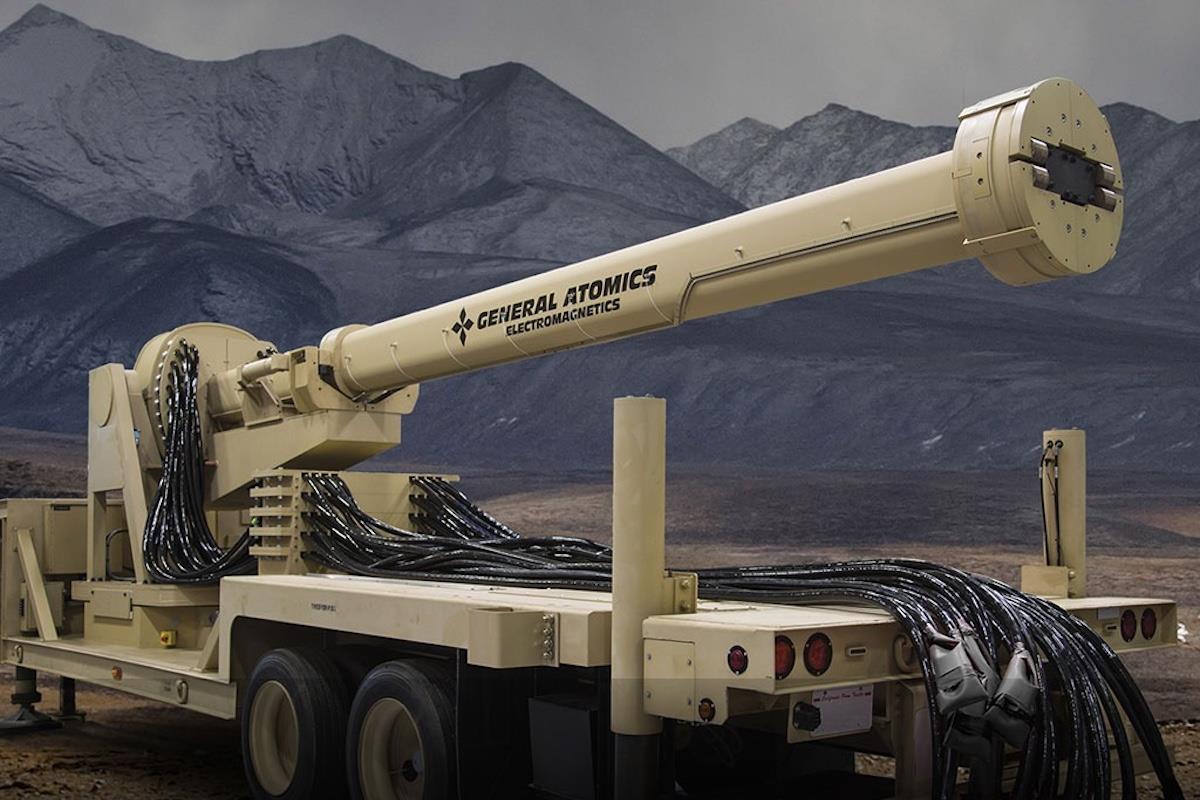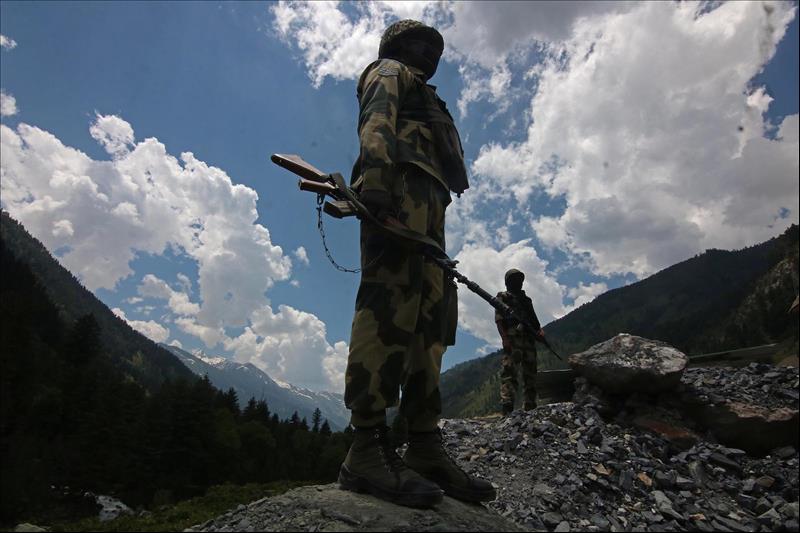
India's Exercise Trishul A Needless Escalation At A Fragile Time
Officially, New Delhi describes it as a display of“jointness, Atmanirbharta (self-reliance), and innovation,” the three pillars of Prime Minister Narendra Modi's ambitious modernization agenda for the armed forces.
But its timing, scope and political context tell a more troubling tale. The exercise, which will see the Indian Army, Navy and Air Force operating in coordinated formations across land, sea, air and cyber domains, unfolds amid heightened regional tensions and at a moment when Pakistan has signaled restraint and dialogue.
According to the Indian Ministry of Defense, Trishul will test interoperability and indigenous defense systems, including electronic warfare and surveillance platforms. Yet the details - airspace closures up to 28,000 feet, amphibious operations off the Saurashtra coast and offensive maneuvers in the desert and creek sectors - suggest more than a mere training routine.
Latest stories
Trump, Xi and the politics of tactical peace

US railgun revival aims at China's rising missile, drone threats
Satellite imagery analysts have described the scale of the exercise as“unusual.” Coming just months after Operation Sindoor, the precision air campaign India conducted inside Pakistani territory in May, Trishul signals a clear continuation of a more assertive, externally focused military posture. It appears calibrated to showcase power - to adversaries abroad and audiences at home.
What makes this escalation more concerning is that it follows a period of relative calm from Pakistan. Since May, Pakistan has refrained from retaliatory strikes despite domestic pressure, and quietly maintained backchannel communication with Indian officials to keep the 2003 Line of Control ceasefire intact.
Its leadership has repeatedly emphasized the need for dialogue over confrontation - a notable stance for a state historically quick to mirror Indian military movements.
India's choice to press ahead with a massive tri-service exercise in this climate undermines those fragile diplomatic openings. Rather than reinforcing deterrence, Trishul risks normalizing coercive signaling as the language of statecraft in South Asia - an approach that deepens mistrust and heightens the risk of miscalculation between two nuclear-armed neighbors.
Since 2019, when Indian warplanes crossed the border in Balakot in response to a terror attack in Pulwama, New Delhi's defense doctrine has evolved from deterrence to demonstration. Modi's government has framed this shift as“strategic confidence,” underpinned by domestic defense production and national pride. Yet in practice, it has blurred the line between readiness and provocation.
Military triumphalism has increasingly become part of India's political theater. During his recent Diwali address, Modi hailed the indigenously built aircraft carrier INS Vikrant for giving Pakistan“sleepless nights” during Operation Sindoor. Such rhetoric - echoed through state media and political rallies - transforms military strength into a tool of populism.
For a country aspiring to global leadership as the“voice of the Global South,” this is a dangerous turn. True leadership demands stability, not spectacle.
India's assertive posture is reshaping security perceptions far beyond its borders. Smaller South Asian states - Sri Lanka, Nepal and Bangladesh - increasingly view India's militarization of regional airspace and waters with quiet unease. The message it sends is clear: India intends to dominate the security landscape of South Asia, even if that means sidelining dialogue and diplomacy.

Sign up for one of our free newsletters
-
The Daily Report
Start your day right with Asia Times' top stories
AT Weekly Report
A weekly roundup of Asia Times' most-read stories
This growing militarization also complicates global efforts to maintain strategic balance in the Indo-Pacific. As Washington and its allies court India as a counterweight to China, they risk overlooking the destabilizing effects of New Delhi's behavior in its immediate neighborhood - a mistake that could undercut the very stability the West seeks to preserve.
Peace in South Asia has never been robust; it survives on restraint. Yet restraint has become a rare virtue in regional politics. India's leaders would do well to remember that military dominance does not equal security. Sustainable peace cannot be built through exercises and airstrikes; it requires dialogue, transparency and a willingness to de-escalate even when politics reward aggression.
Pakistan's recent comparative restraint offers a window of opportunity - one that could be expanded through confidence-building measures and renewed diplomatic engagement. But each large-scale Indian maneuver narrows the space for peace.
If New Delhi truly seeks to lead, it must resist the temptation to treat its neighborhood as a proving ground for its ambitions. Power may command attention, but restraint earns respect.
Advocate Mazhar Siddique Khan is a Lahore-based High court lawyer. He can be contacted at....
Sign up here to comment on Asia Times stories Or Sign in to an existing accounThank you for registering!
An account was already registered with this email. Please check your inbox for an authentication link.
-
Click to share on X (Opens in new window)
Click to share on LinkedIn (Opens in new window)
LinkedI
Click to share on Facebook (Opens in new window)
Faceboo
Click to share on WhatsApp (Opens in new window)
WhatsAp
Click to share on Reddit (Opens in new window)
Reddi
Click to email a link to a friend (Opens in new window)
Emai
Click to print (Opens in new window)
Prin

Legal Disclaimer:
MENAFN provides the
information “as is” without warranty of any kind. We do not accept
any responsibility or liability for the accuracy, content, images,
videos, licenses, completeness, legality, or reliability of the information
contained in this article. If you have any complaints or copyright
issues related to this article, kindly contact the provider above.

















Comments
No comment